
An isolated figure stands in a field, framed by nature, as he stares towards the beginnings of a city in the distance. Smoke rises from a factory, and fades into a hazy, dark, sky. The rural past behind him, he stares towards an industrial future.
Since 2012, the China Pacific Construction group has begun leveling seven hundred mountains in order to expand the city of Lanzhou, in the Gansu province, to allow for a growing urbanization of the region. This is part of China’s goal to boost the country’s GDP by increasing urban population. Rural areas are rapidly being developed into massive cityscapes, and what was once a rural economic culture is now transforming into an industrial landscape.
In the past three years, Julien Chatelin has made several trips across western China photographing this transformation. With a combination of research and exploration, he spent most of his time driving through the country and seeking out these sites of change. “I was looking for these areas in development, and I would be driving and the country was a non-stop construction project,” Chatelin tells TIME. “It’s almost like you’re in this nowhere place, this place where everything is in suspension, and you’re lost in this constant transition.”
China West is a continuation of a larger body of work Chatelin has worked on for the past five years, producing series in Egypt and Detroit before working in China. Focusing each installment on a specific location, he is interested in the dynamics of economy, environment, and urbanization.
Chatelin’s photographs offer a lonely, at times ghostly, view into this shifting environment. Big industrial landscapes envelop the frame, and show no real people there to fill them. The rare human presence is shadowed in a sense of exhaustion. In each image, hazy skies and soft light creates the sensation of the dust that never settles, reflecting on the constant state of construction. Chatelin explains. “I tried to convey this sentiment that nothing is permanent and everything is changing.”
Navigating the line between urbanization and nature, Chatelin’s photographs delve into the grey, ambiguous, in-between. “I wanted to step back and make frames that were open enough for people to navigate them on their own,” he says. “I didn’t want to direct the viewer’s eye.” As the border between city and nature continues to blur, Chatelin’s photographs depict the impact of this never ending cycle of industrialization.
Julien Chatelin is a documentary photographer based in Paris, and is a co-founder of the award-winning magazine De L’air.
Alice Gabriner, who edited this photo essay, is TIME’s International Photo Editor.
Cassidy Paul is a contributor for TIME LightBox. Follow her on Instagram.

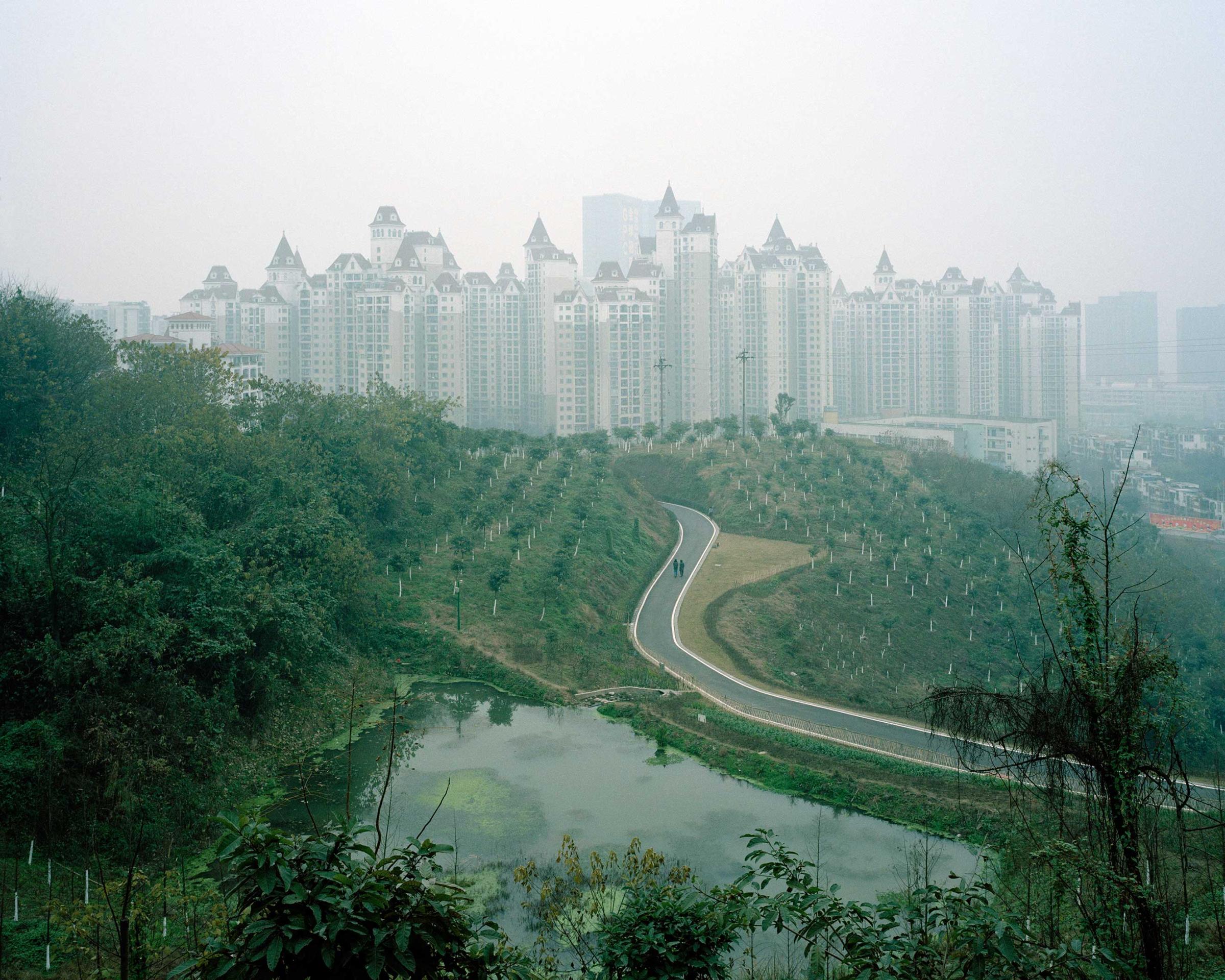
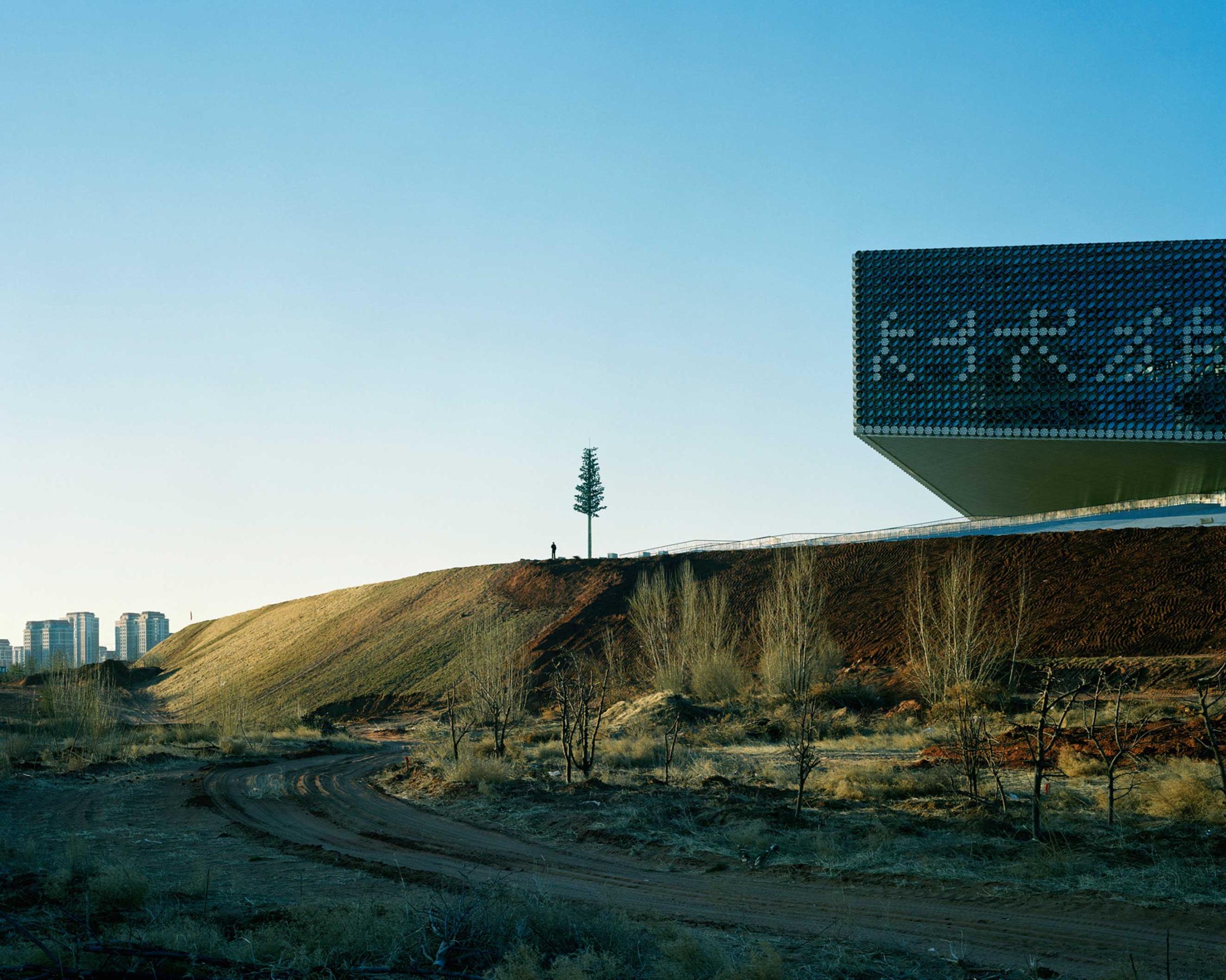
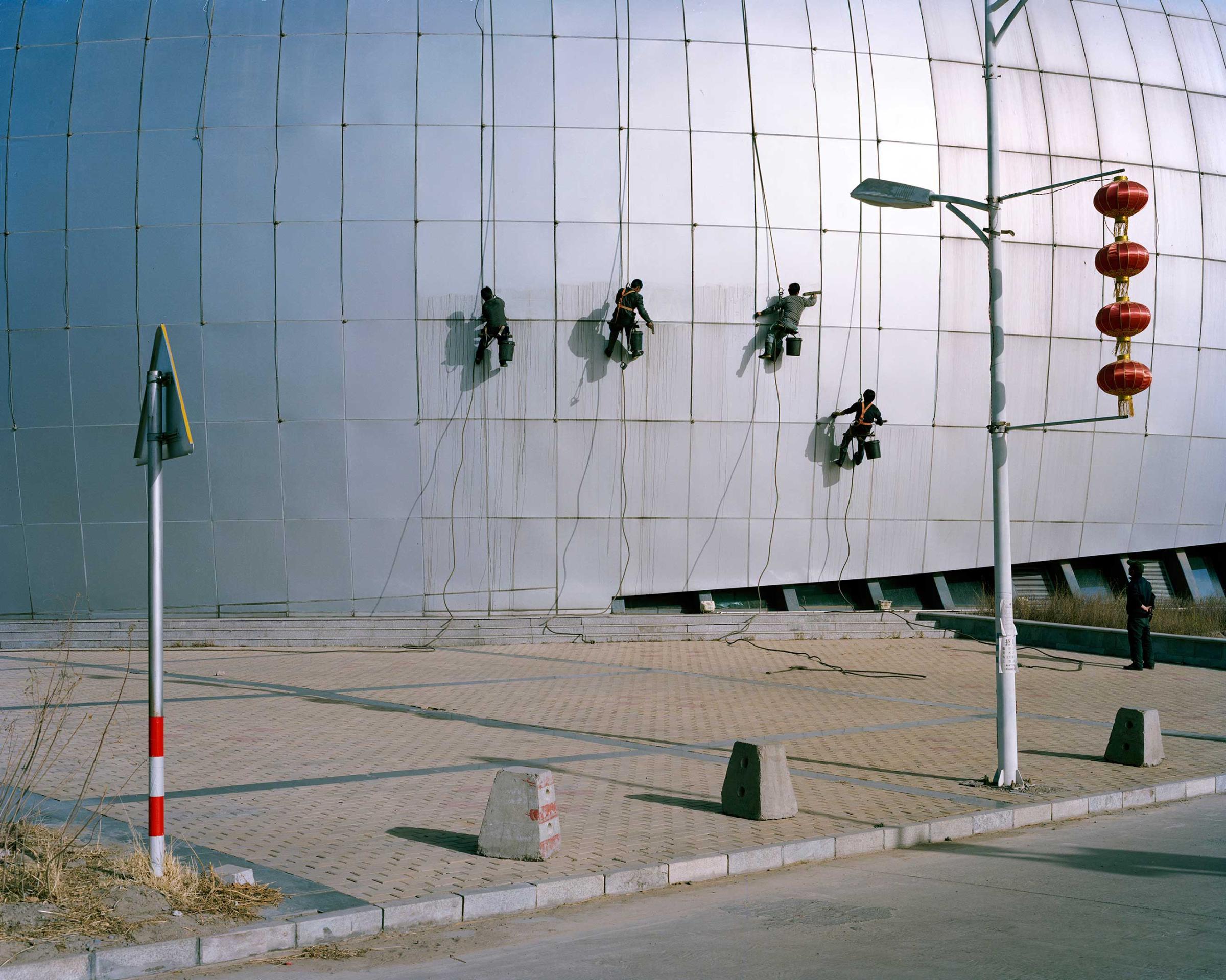

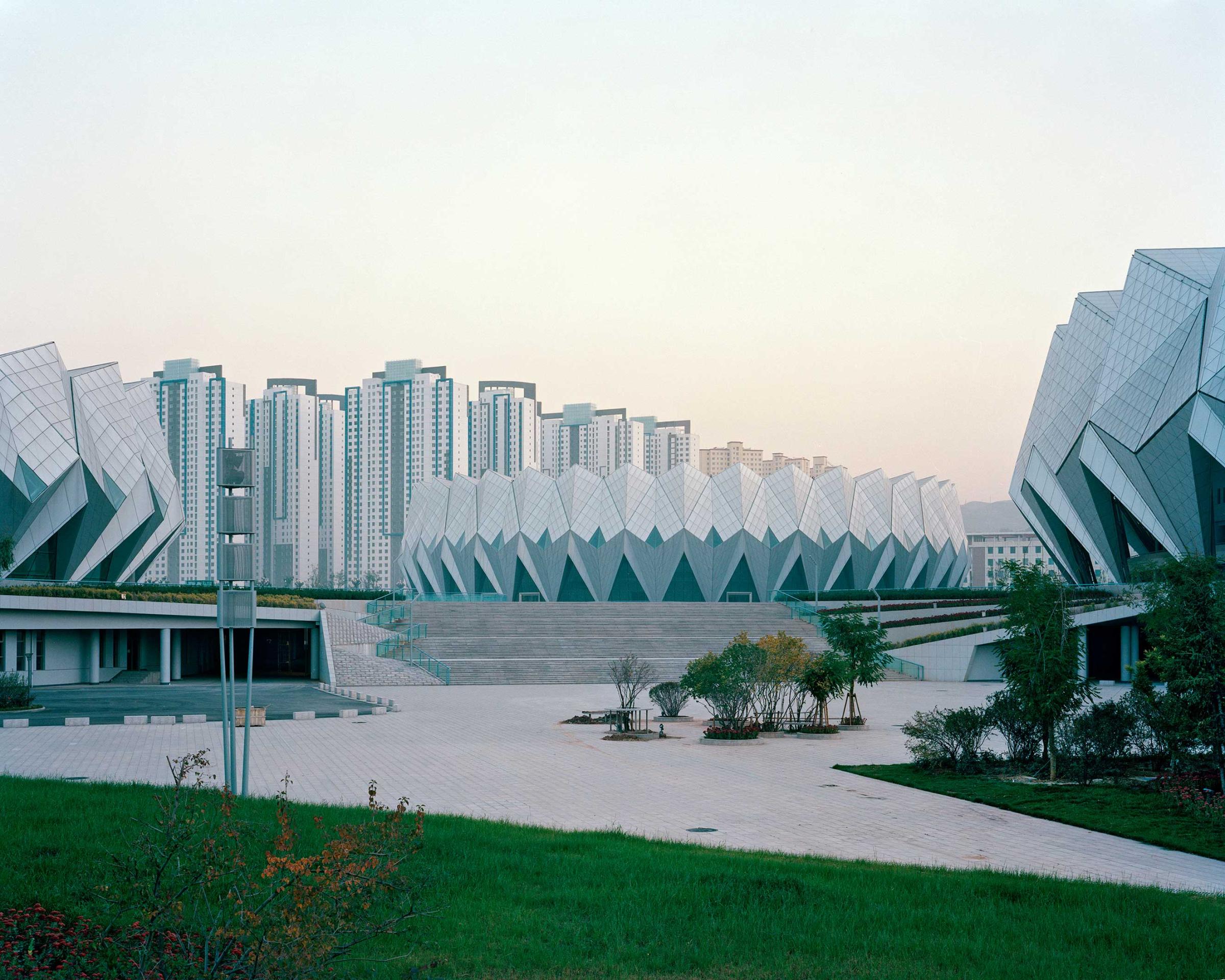
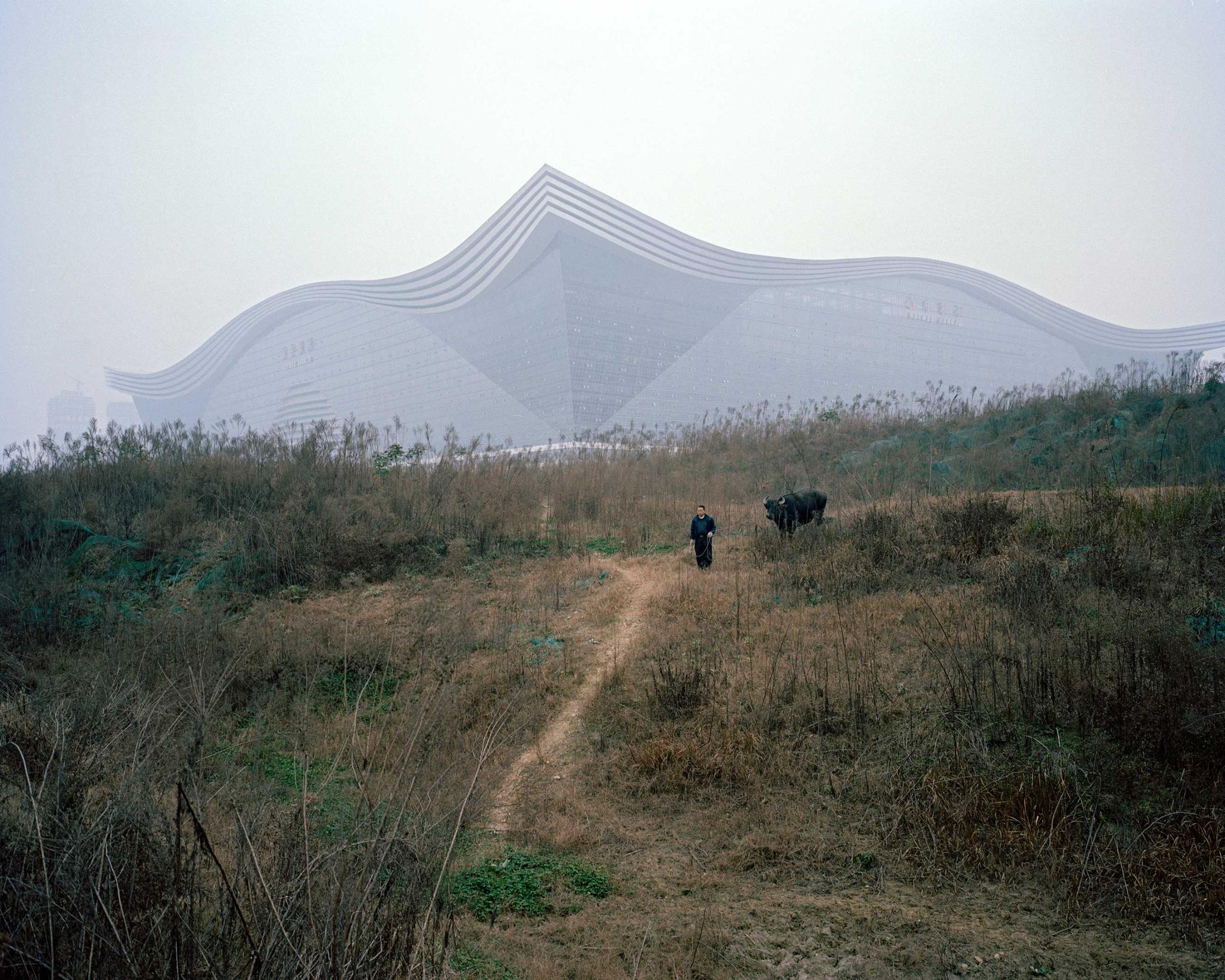

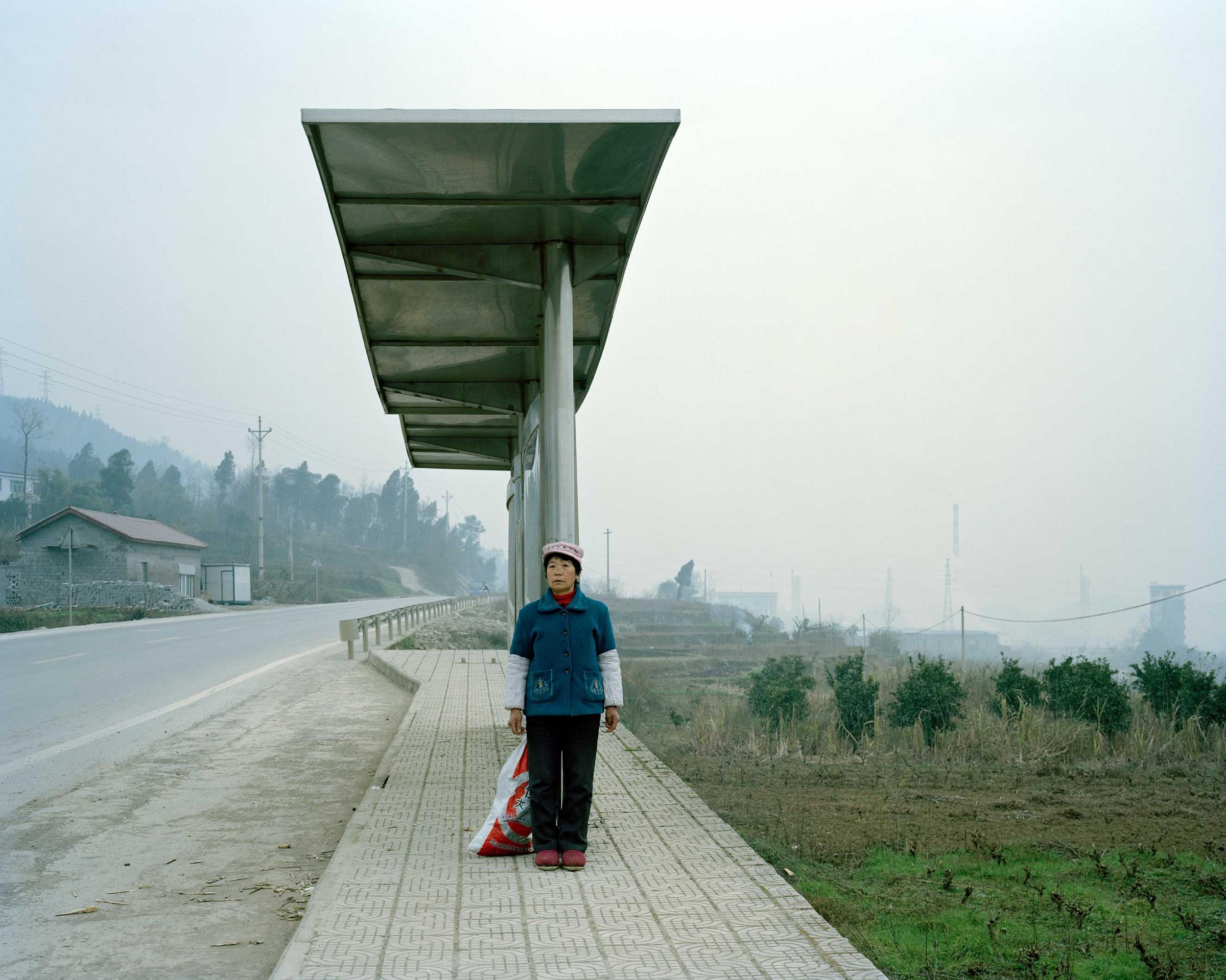

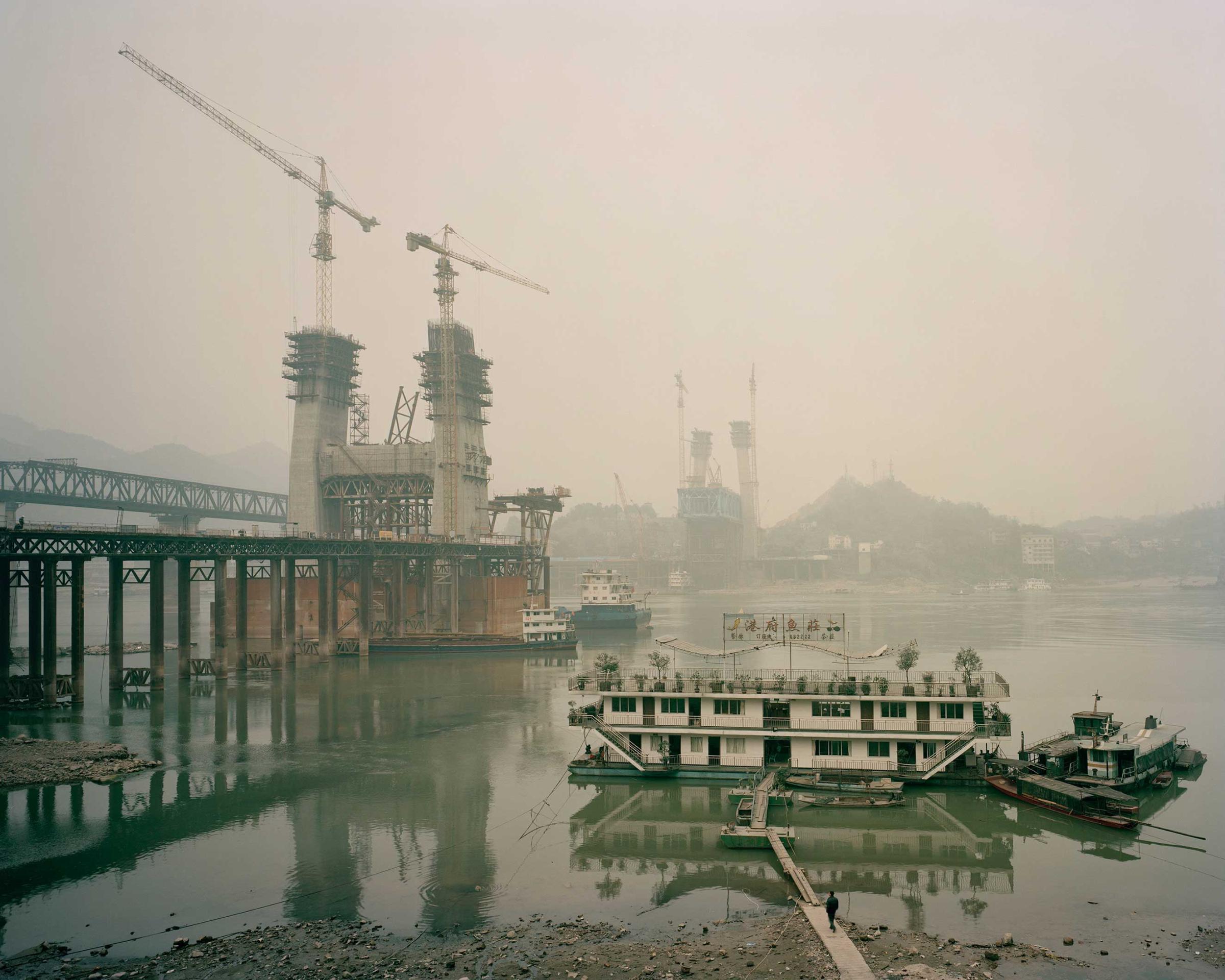


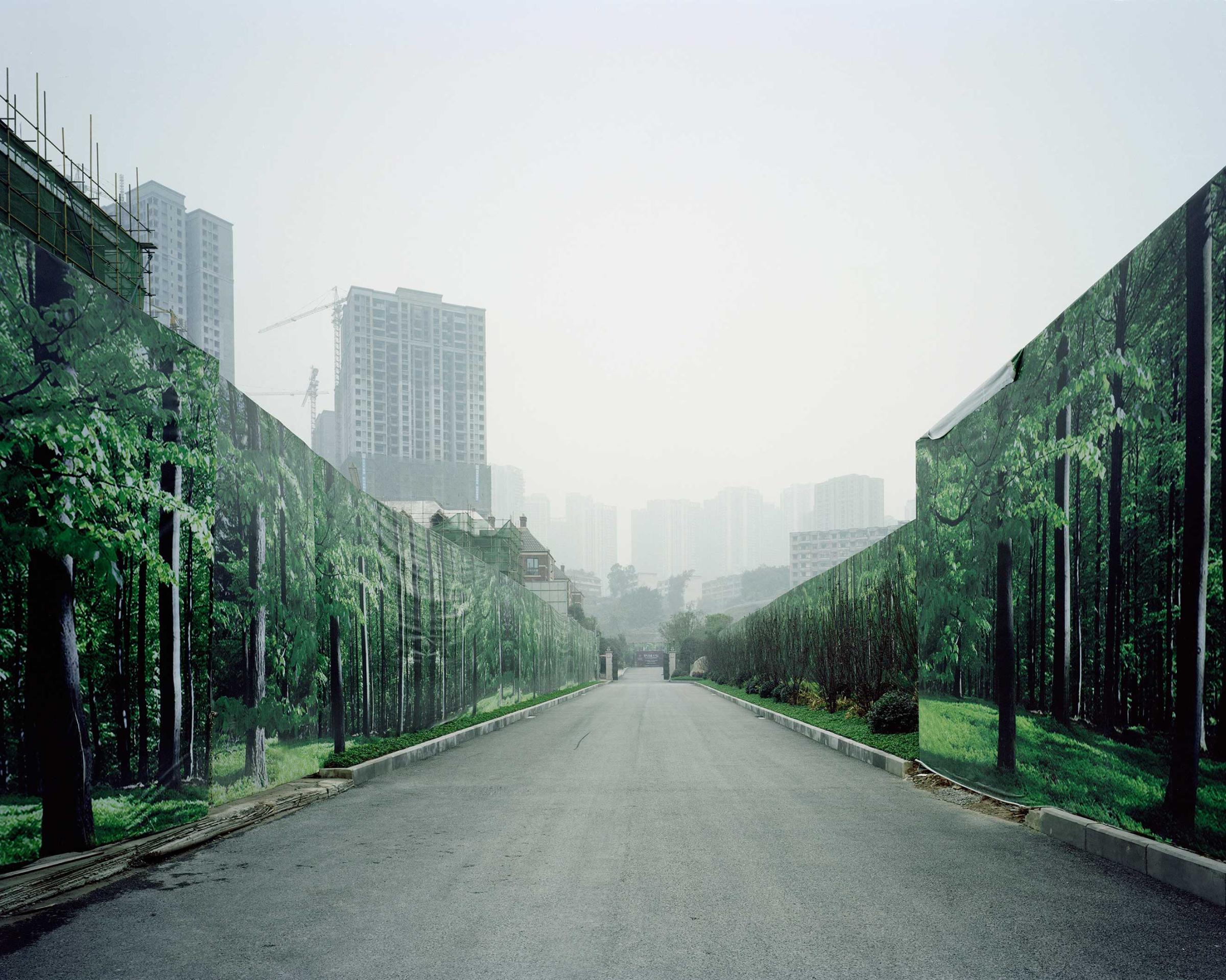

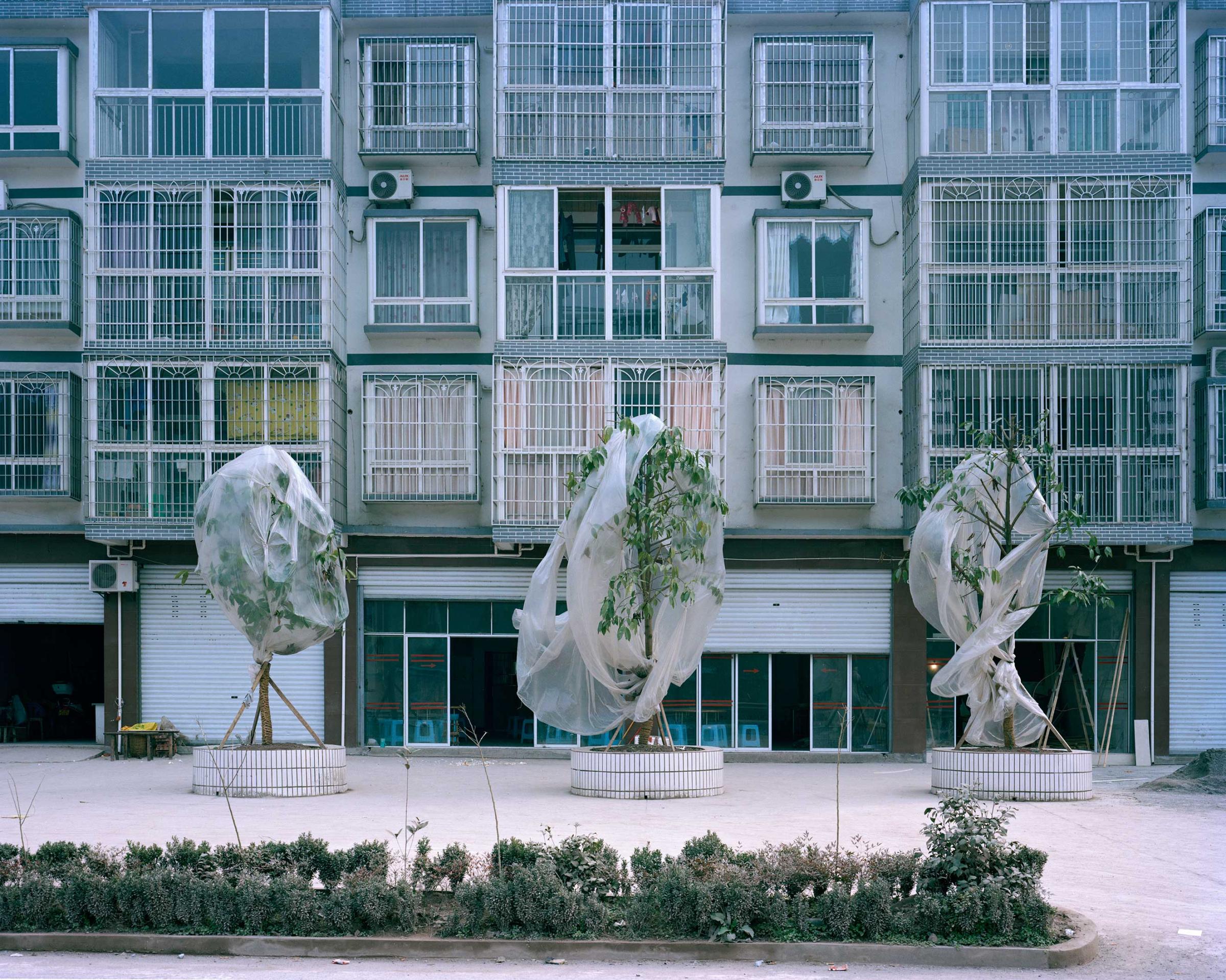
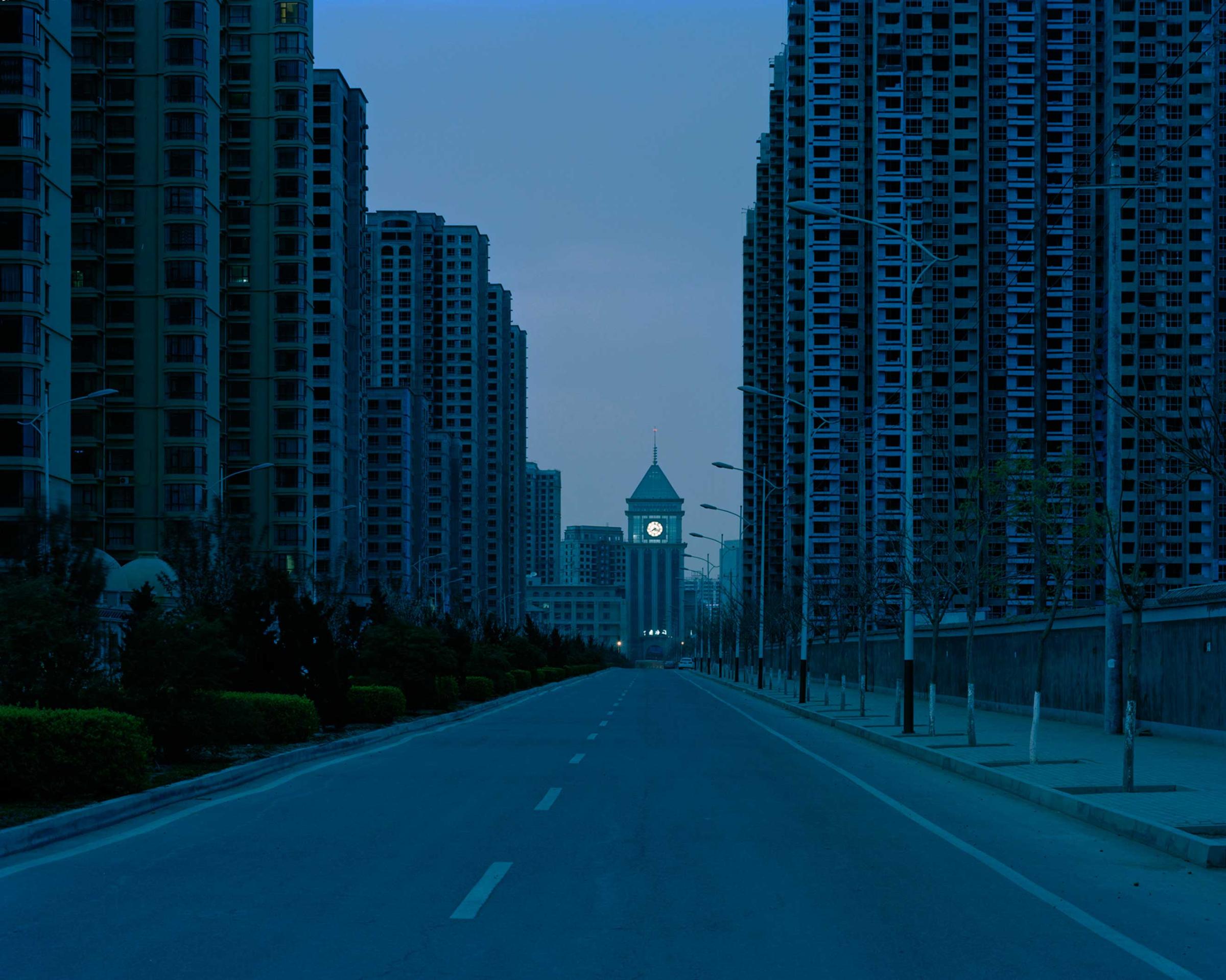
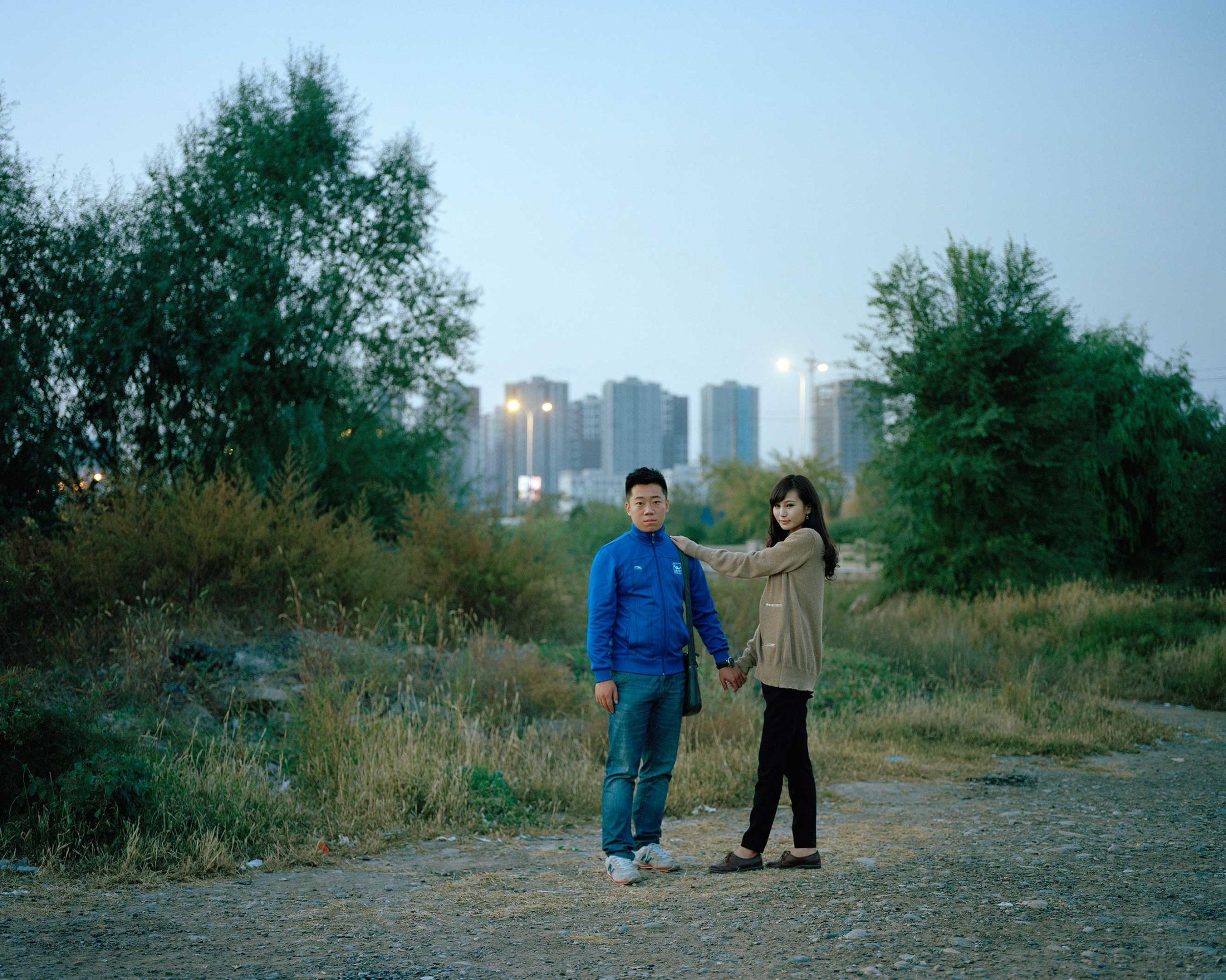
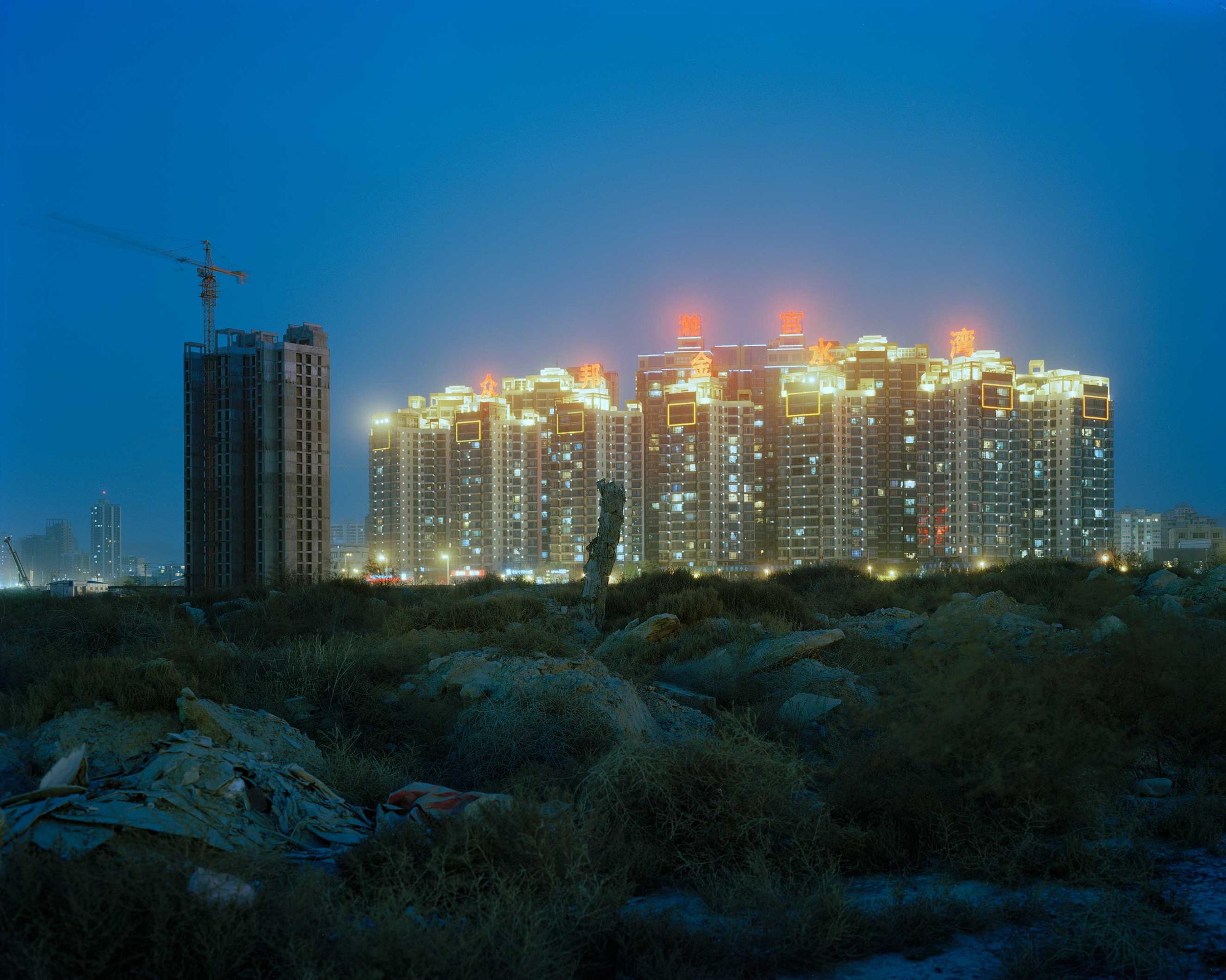
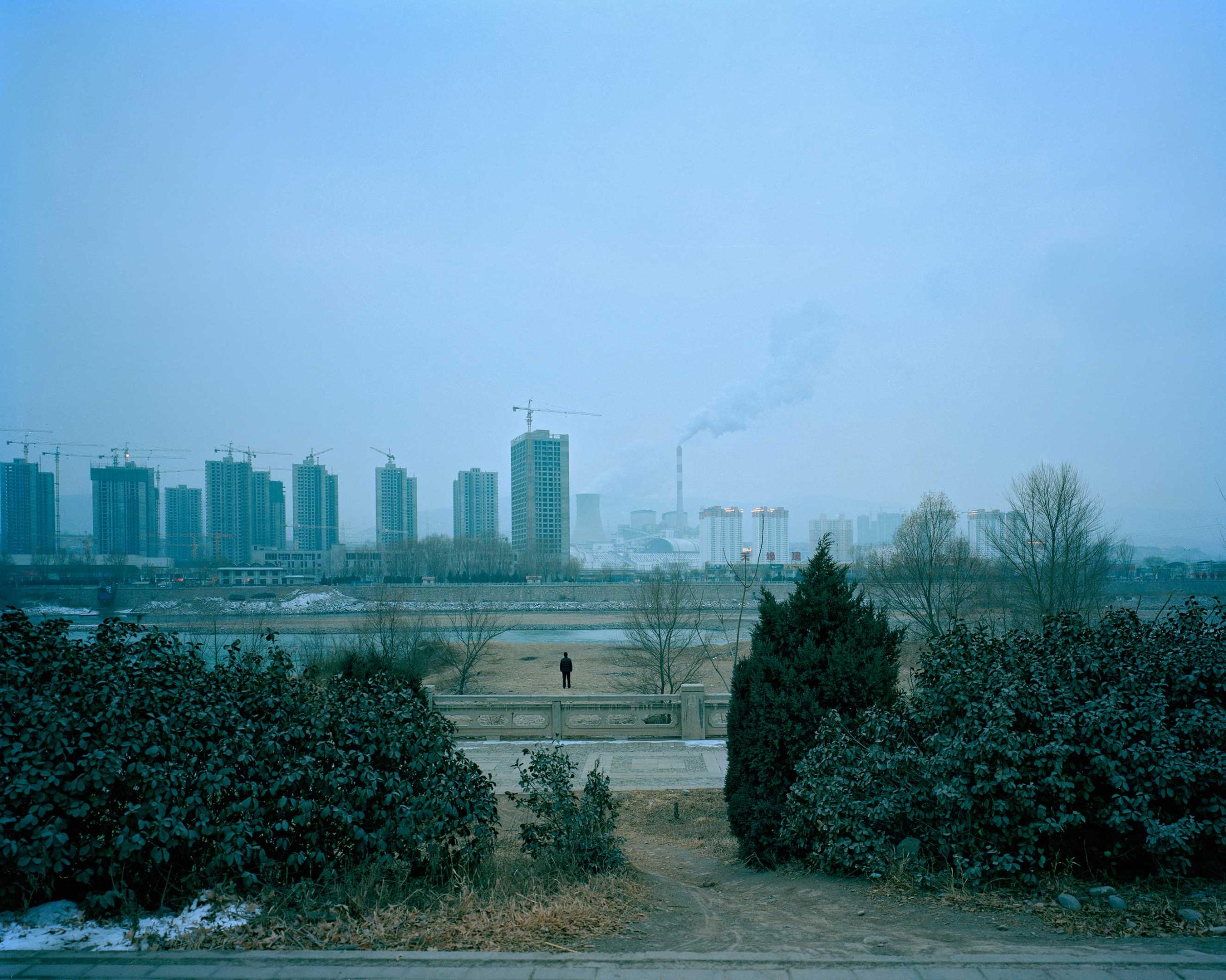
More Must-Reads from TIME
- Donald Trump Is TIME's 2024 Person of the Year
- Why We Chose Trump as Person of the Year
- Is Intermittent Fasting Good or Bad for You?
- The 100 Must-Read Books of 2024
- The 20 Best Christmas TV Episodes
- Column: If Optimism Feels Ridiculous Now, Try Hope
- The Future of Climate Action Is Trade Policy
- Merle Bombardieri Is Helping People Make the Baby Decision
Contact us at letters@time.com